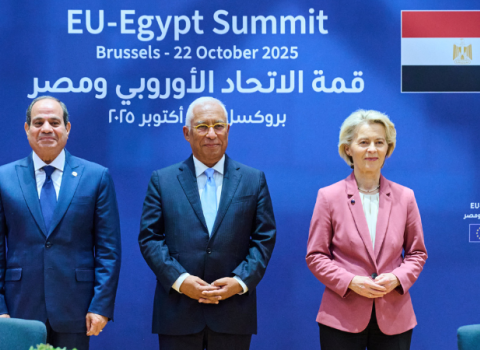Countries are banking on R&D to build a green and digital future as they boost spending on science – but there are stark differences between countries, according to new UNESCO report

Global R&D spending grew faster than the economy between 2014 and 2018 as countries around the world turned to research to bring on the green and digital transitions, says a new UNESCO report.
Worldwide, science spending increased by 19% over the four years, while the number of scientists grew by 13.7% to 8.8 million.
Since the start of 2020, the COVID-19 crisis further boosted this trend.
The 762-page report covers 193 countries. “What struck me with this one is the alignment of development priorities with different income levels, whether they are industrialised or low-income countries,” Susan Schneegans, editor-in-chief of the report, told Science|Business. Countries around the globe are prioritising digital and green R&I investments to boost competitiveness and future preparedness.
However, the growth is for the most part, uneven. China and the US together account for 63% of the increase in spending, while the EU countries added a further 11%.
Taken together, the G20 countries boast 88.8% of the world’s researchers, 93.2% of research spending and 90.6% of scientific publications.
Private sector spending on science in most cases is relatively low, with the public sector accounting for the majority of investment. Incentivising companies and start-ups to do more research and development is one solution to boosting efforts. “But before a company can do R&D, it needs equipment,” Schneegans said.
As low and middle income companies strive to catch up, one way to spur private sector investment is R&D tax credits. As one notable example, Indonesia, introduced a 300% tax reduction on research expenditure in 2019.
Alongside incentives, companies need capital and a solid regulatory environment. “In Africa, it costs more than 10 times more to patent than in the UK,” Schneegans said, pointing to structural inequalities that can deter private sector investments in science.
Despite this, developing countries are slowly increasing their footprint in the global research landscape. Between 2015 and 2018, high-income countries’ share of scientific publications shrank from 69.3% to 62.9%, as developing countries increased their output. In cross-disciplinary strategic technologies, the share slipped even further, from 60.5% to 52.2%.
“Science must become less unequal, more cooperative and more open,” said Audrey Azoulay, director general of UNESCO. “Today’s challenges such as climate change, biodiversity loss, decline of ocean health and pandemics are all global. This is why we must mobilise scientists and researchers from all over the world,”
Green or digital?
Green technologies are expected to lead the transition into a carbon neutral future. But for now, most low- and middle-income countries are focusing on digital as a way to boost competitiveness.
While health research is still king, accounting for 34% of scientific publications in 2019, the share of publications on cross-cutting strategic technologies climbed up to 18% the same year.
These journal papers were largely dominated by artificial intelligence and robotics research, with almost 150,000 articles published in 2019.
This is an area where lower middle-income countries have made an impact, contributing over a quarter of publications, up from 12.8% in 2015.
While AI and robotics are in the ascendency, crucial research into carbon capture and storage remains underfunded, with only 2,500 articles in 2019. Meanwhile, in six of the ten leading countries in the field, Canada, France, Germany, the Netherlands, Norway and the current leader, the US, research is declining.
Similarly, sustainable energy research looks under-resourced, accounting for 2.5% of global publications, up from 2.1% over 2012–2015.
The same applies to studies on the impact of climate change and many other green topics, with scientific output increasing by at least 0.02% for only 19 of the 56 research topics between 2012 and 2019.
“To succeed in their dual transition, governments will not only need to spend more on R&D; they will also need to invest these funds strategically,” the report says. “This will entail taking the long-term view and aligning their economic, digital, environmental, industrial and agricultural policies, among others, to ensure that these are mutually reinforcing.”





 A unique international forum for public research organisations and companies to connect their external engagement with strategic interests around their R&D system.
A unique international forum for public research organisations and companies to connect their external engagement with strategic interests around their R&D system.